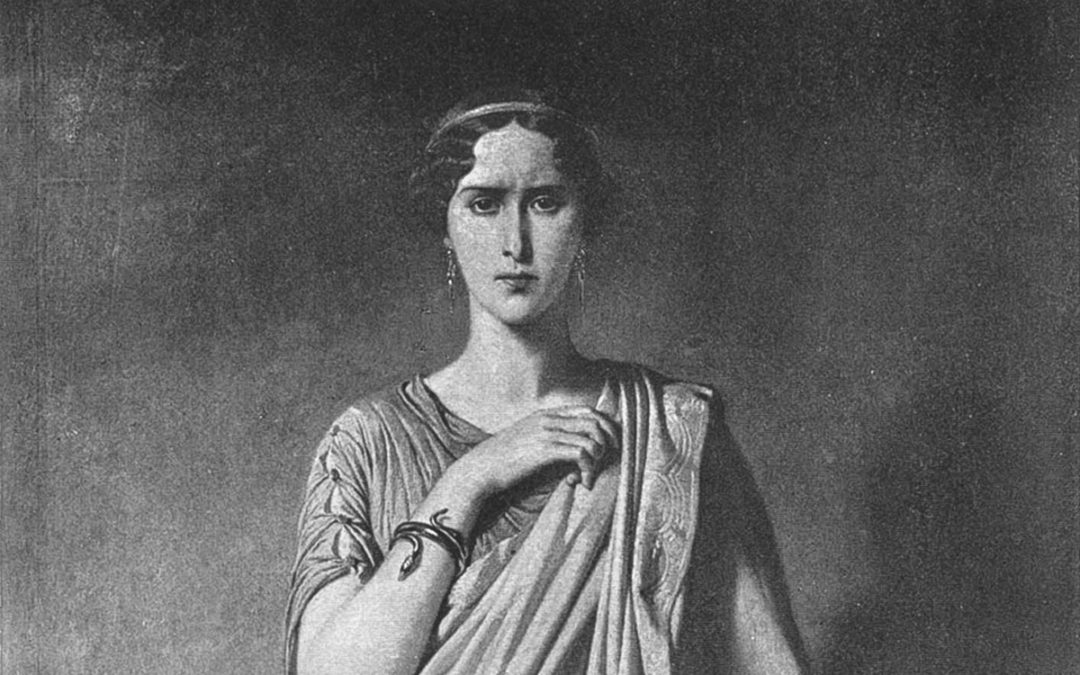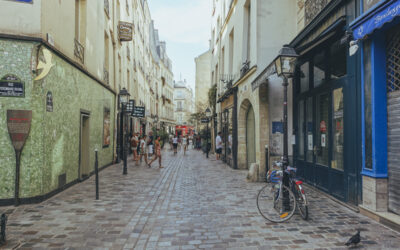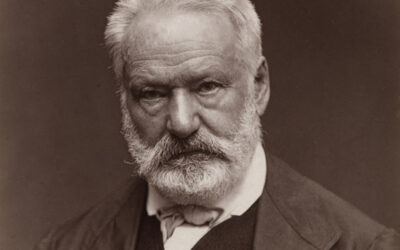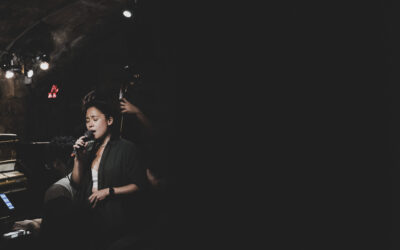Portrait Rachel Felix, 1907, Carl Schurz, reminiscences, Volume One, McClure Publishing Co., 1907, facing p. 278
The famous tragedian Rachel is not strictly speaking a “figure” of the Marais. She only stayed at Place des Vosges for a short time and, what’s more, at the very end of her life. And yet... Rachel is such a star, in the modern sense of the term, that each of her visits or stays, wherever she stays, even briefly, is in itself an event. This is why today we pay tribute to the woman who precedes the great Sarah Bernhardt in the theater firmament, by recalling in a few lines the major stages of her career.
This starts off poorly and haphazardly on the roads. Elisabeth-Rachel Félix was born in an inn on February 21, 1821. Her father Jacob Félix and her mother Esther-Thérèse, traveling peddlers, stopped there for the night. We are in Switzerland, not far from Endigen, one of the only two communes in the canton in which Jews have the right to settle. When Rachel was born, there was already an older sister, Sarah. Four other children (a brother, three sisters) will be born subsequently.
The family, to earn their living with difficulty, travels the roads of the country, but also those of Germany and France, offering trinkets, “fashion” accessories and other trinkets in the villages they pass through. The two little girls, as soon as they are old enough to perform, are also called upon to contribute: Sarah and Elisabeth-Rachel bring back a few pieces every evening after dancing in the squares, playing music or reciting poems on street corners .
In 1831, the family finally settled in Paris, rue des Mauvais-Garçons first (the Marais already!) then in the Île de la Cité, place du Marché-Neuf, two poverty-stricken neighborhoods where the Jewish diaspora found refuge. . Elisabeth-Rachel, noted for her talents, is sent to the Conservatory. There she learned singing, music, but especially theater, a genre in which she excelled and which would bring her fame and fortune.
At the age of 16, at the very beginning of 1837, she made her debut on the stage, at the Théâtre du Gymnase. It was from this moment that she definitively abandoned her first name to become, on stage and in town, the only “Miss Rachel”. The following year, she auditioned at the Théâtre-Français (our “Comédie-Française”); she was immediately hired by the august House and soon took on the role of Camille in Corneille's Horace. It was an immense and sudden success, to the point that the theater's revenues, hitherto in bad shape, reached unrivaled records.
Rachel's rise was then meteoric: her salary was increased regularly, year after year (up to 27 francs per year in 000, a considerable sum for an actress of the time); he is granted extraordinary privileges (three months of leave, the possibility of “touring” in France and abroad); "member" in 1840, her salary was finally guaranteed by contract, even if she did not play... From the beginning, Rachel continued to restore the nobility of classical tragedy, at a time when, however, romanticism triumphed in All. Corneille, Racine, Voltaire are thus surprisingly returning to the stage, whereas we believed them, after the “battle of Hernani”, to be relegated to the “belows” of the theater.
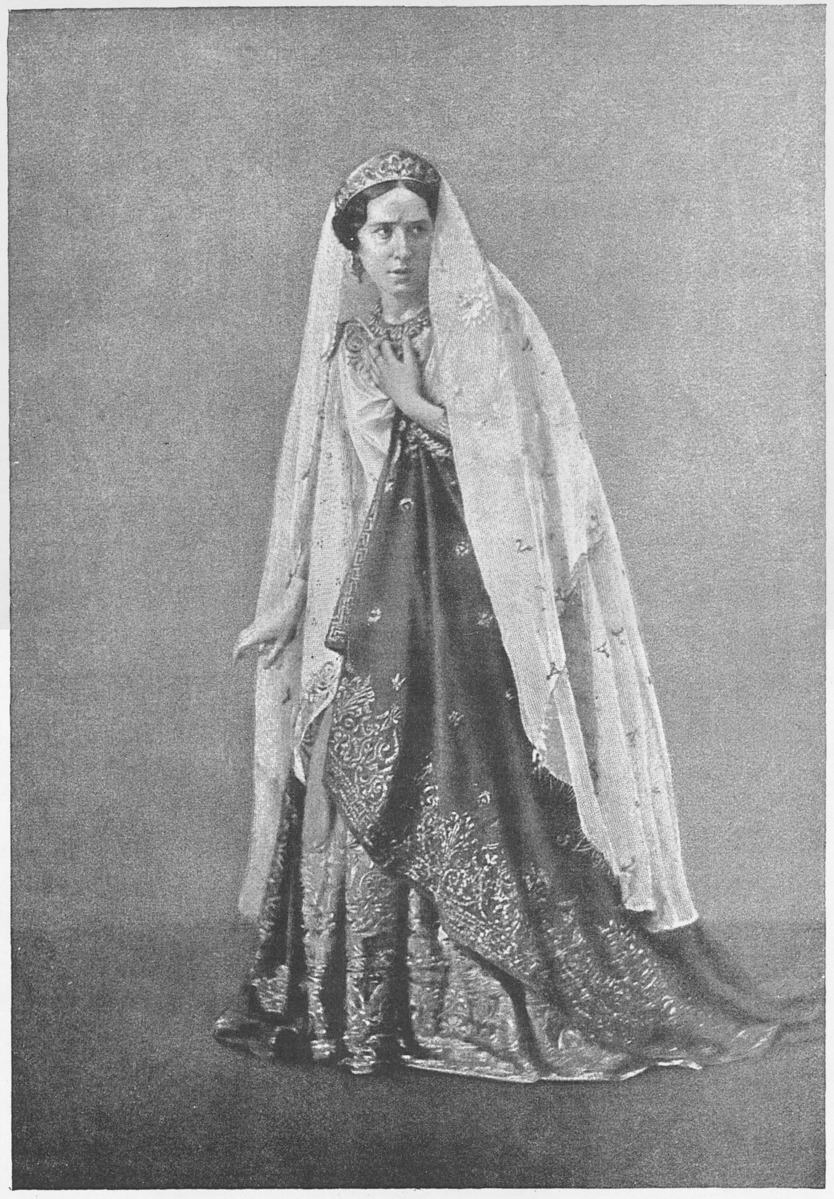
Portrait of Rachel Félix playing Phaedra by Racine, 1906, “McClure’s Magazine”
In a short time, Rachel becomes this star whose favor and presence we win. All the most famous artists of the time want to paint his portrait; painters and sculptors immortalize him in his greatest roles. Cartoonists also seize his image, mocking his whims and his star demands, sometimes using the usual anti-Semitic clichés in the process. The tragedian doesn't care. She triumphs: the poor and stateless child now has a name, a fortune, a motto (“All or nothing”), fame, support and distinguished lovers (she will also have two children, one of Count Walewski, descendant of Napoleon, the other of Arthur Bertrand, son of the Marshal of the Empire).
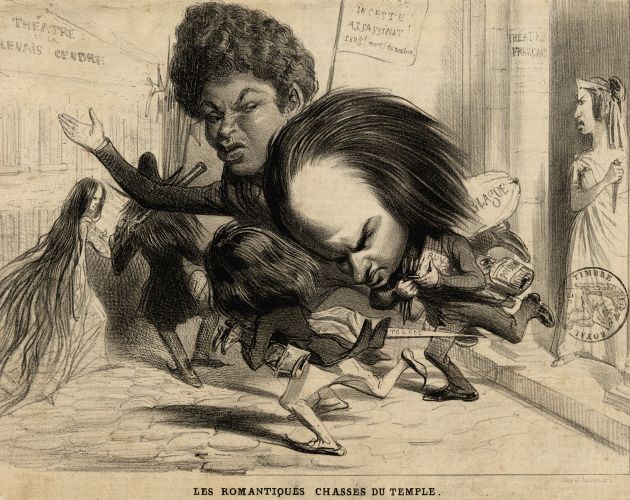
Hugo, Dumas and Frédérick Lemaître are chased out of the Comédie-Française by Mlle Rachel and flee to the Renaissance theater, December 23, 1838, drawing by From Barray in “The Provisional Caricature”
At the theater, she can afford any deviations: long periods of unjustified absence, stormy relations with the management of the Theater and with her fellow residents, recurring threats of resignation, non-compliance with the rules that usually apply to the French, tours " private” in France and abroad. Because Rachel, perhaps echoing her childhood, loves more than anything to be “on the roads”; this is how we can admire it in the theaters of France of course, but also, over the years, in the largest halls of Belgium, England, Germany, Austria, Russia.
At the end of her life, she took to the stage in the United States. Unfortunately, this 1855 tour was a failure, the Americans remaining indifferent to the classic tragedy. In addition Rachel, exhausted by her travels, fell ill. Tuberculosis has been eating away at the actress for several years now. Two final trips, one to Cuba, the other to Egypt, failed to slow the progression of the disease. In 1857, Rachel returned to France; in July, she moved into an apartment at 9, place des Vosges, her last Parisian home.
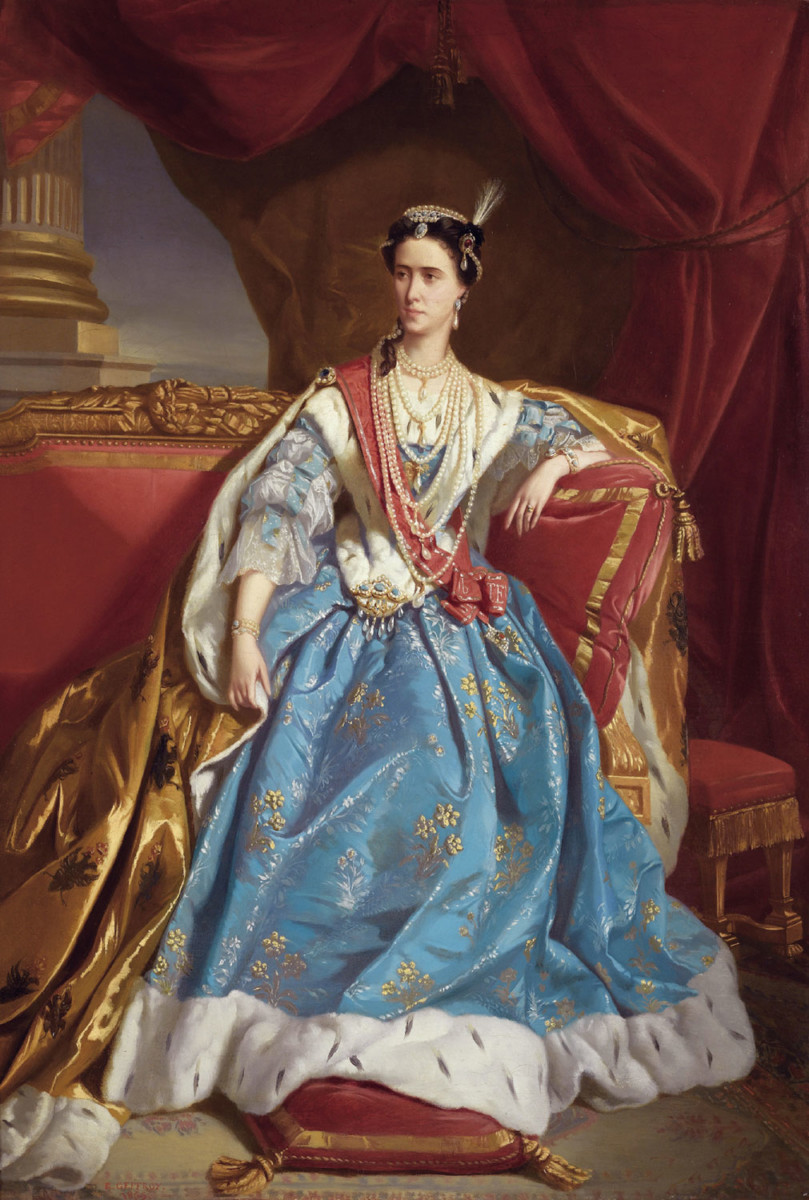
Portrait of the tragedian Rachel, E Geffroy, 1855
During a final stay in the south of France, she died in Le Cannet on January 3, 1858. Brought back to Paris to be buried in Père-Lachaise, her body was first placed in the Marais apartment. On the day of his burial, crowds flocked to the Square. Anonymous and celebrities, journalists, actors, admirers and curious people accompany the tragedian to her final resting place. Victor Hugo and Théophile Gautier, who lived there, are in the procession, as are Dumas and Mérimée. Rachel disappears at only 37 years old. A star goes out. Another is about to light up: in 1859, Sarah Bernhardt in turn entered the Conservatory…
FOR PASSIONATES OFUS
The Enfants Rouges market, everyone loves it
Restaurants, merchants, a photo store, a bookstore... This is how the Red Children's Market presents itself, unique in its kind in the Marais and its capital because it is the only one to offer such a varied and varied range of restaurants. qualitative.
The Marais Jewish quarter in Paris
From the 13th century, the Marais was home to a Jewish community which remained there until its expulsion in the 14th century. Fleeing poverty and persecution, Jews from Eastern countries and those from Alsace settled there in the 19th century. Around rue des rosiers and Place Saint-Paul renamed Pletz…
Victor Hugo, the writer with a thousand talents
Born in 1802, Victor Hugo became a social writer, a playwright, a poet, a novelist and a romantic designer. Nicknamed the man-ocean then the man-century, he is a political figure and a committed intellectual. He found success with Notre-Dame-de-Paris in 1831 and with Les Misérables in 1862.
NOW ON THE MOOD MARSH
Jazz at 38Riv: The highlights of May
The only jazz club in the Marais, 38Riv is the temple of cool and swing. Rue de Rivoli, between Saint-Paul and Hôtel de Ville, its vaulted cellars are the home base of the new jazz scene. Every evening, the magic happens.
The Enfants Rouges market, everyone loves it
Restaurants, merchants, a photo store, a bookstore... This is how the Red Children's Market presents itself, unique in its kind in the Marais and its capital because it is the only one to offer such a varied and varied range of restaurants. qualitative.
The Marais Jewish quarter in Paris
From the 13th century, the Marais was home to a Jewish community which remained there until its expulsion in the 14th century. Fleeing poverty and persecution, Jews from Eastern countries and those from Alsace settled there in the 19th century. Around rue des rosiers and Place Saint-Paul renamed Pletz…

